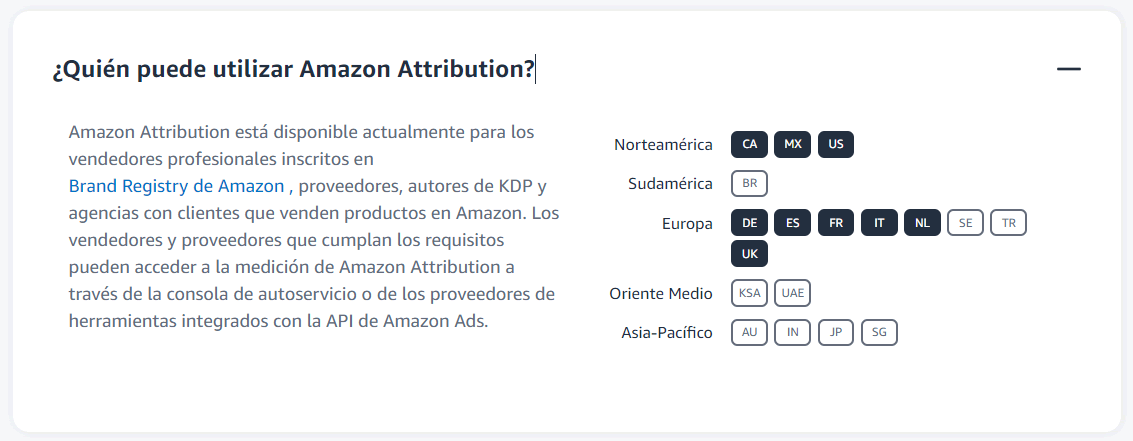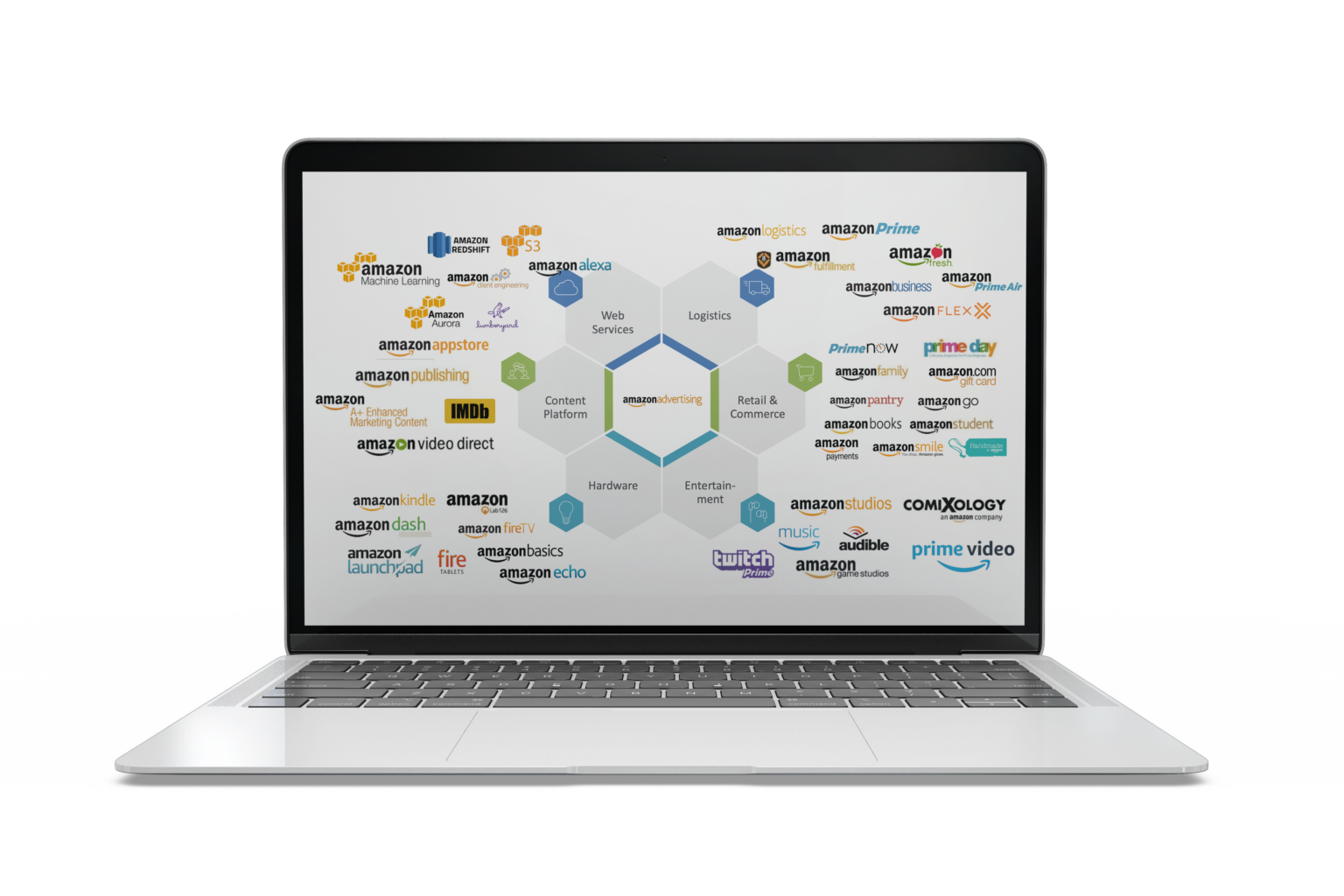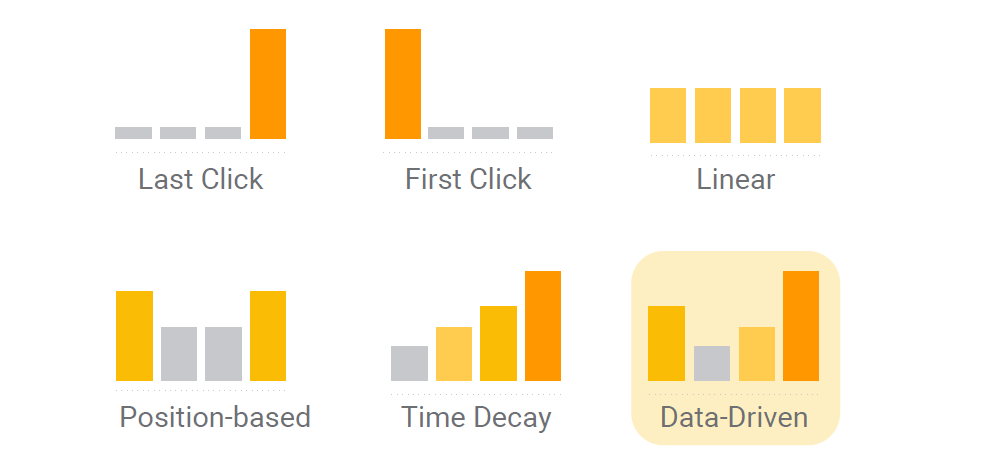When selling online, one of the most complicated parts is to decipher how each interaction influences the client's decision. From that first announcement that attracts your attention until the moment they end the purchase, each contact point is important. This is where Amazon Marketing Cloud (AMC) becomes an ally, since it is a tool designed to analyze in depth the data of your campaigns and optimize your advertising attribution strategy .
A few days ago, I spoke on YouTube about two of the aspects that I will play in this post: and Ad Type Overlay ads , from Amazon Marketing Cloud
If you wonder how to get the most out of AMC, I tell you how it works, what benefits it offers and how you can integrate it into your strategies to get better results.
Index
What is advertising attribution and why is it important?
When we talk about advertising attribution, we refer to the process of identifying which channels, campaigns or interactions were decisive for a conversion . Understanding this process is important for:
- Knowing what campaigns generate results allows you to assign your budget where it matters most.
- Identify the points that really motivate people to interact with your brand.
- Adjusting your campaigns based on specific data allows us to improve user experience and can translate into more sales.
If you do not have an appropriate tool, analyze all these factors can be overwhelming. But AMC simplifies things, by providing a clear and detailed vision of your customers' route. You also have another tool that we have already talked about in this blog: Amazon Attribution that, where appropriate, is for external campaigns. In the case of AMC, it serves for internal Amazon campaigns, that is, Sponsored Products, Sponsored Brands, Sponsored Display and Amazon DSP .

How can AMC improve advertising attribution?
Once we are clear about what Amazon Marketing Cloud is (and, if you don't know, I tell you here ), we go to what we came: knowing how AMC improves advertising attribution.
Multichannel measurement
You can analyze how users interact with your ads in different formats and devices . Imagine that a customer sees an advertisement on your mobile, then interacts with another on your tablet and, finally, makes the purchase on your computer. AMC helps you track and understand the role of each of those contact points.
Here are an example:
If you discover that Sponsored Brands ads on mobile devices generate more initial interest , but conversions occur after seeing sponsored production ads in desktop, you can adjust your strategies to enhance this combination.

Customer Tour Analysis
AMC allows you to visualize each stage of the customer's route, from the first impact to conversion . Showing data such as:
- Average time between seeing an ad and making a purchase.
- Number of interactions before conversion.
- Customer behavior according to the device.
This information serves you to identify friction points and improve user experience.
Custom attribution models
This Amazon tool gives you the freedom to apply attribution models that fit your needs to have a more precise vision of the impact of your campaigns.
The models are:
- Linear: It doesn't matter to each contact point.
- Decrement over time: prioritizes interactions close to conversion.
- Position based: assign greater weight to the first and last contact point.
These models probably sound to you if you have already worked with the attribution of Google Universal Analytics (now, GA4) where we found, in addition to other attribution models:
- Last interaction model or last click : All the value of the conversion to the last channel or traffic source in which it has been click.
- First interaction model or first click : the same, but attributing to the first click source.
- Linear Model or Linear Model : Distribute the weight of the conversion uniformly among all click points. In this case, if the user has clicks on Sponsored Products, Brands and Display before converting, he would give a 33% attribution to each type of campaign.
- Position-based model or decline in time : attributes most of the weight of the conversion to the clicks of the last phase before the conversion based on 7 days. Here we have that the user will take 7 days (or a certain time) to make the purchase decision. This model is not valid for impulse / non-polish products. But it would be for products such as a television, a fridge, a freezer, a car ...
- Time-Decay or model according to the position : 40% of the weight to the first and last click event and the remaining 20% among all the other clicks made during the route that the user has followed before buying.
- And, the most interesting, attribution based on data : distributes the weight based on the data observed in each type of conversion .

Key points identification
With personalized consultations on SQL, you can discover what elements have more influence on your customers' decisions . For example, you can identify whether the videos generate more interest at the beginning of the route, while static ads work better close to conversion.
Practical case: increasing conversions in an e-commerce
Imagine you have a beauty products business on Amazon. If we base what we have explained before, with AMC, you could:
- Discover that Sponsored Products ads generate more clicks, but those of Sponsoord Brands contribute more to conversions.
- Identify that users who see both formats are 20% more likely to buy.
- Redirect your budget to combine both types of ads and maximize results.
Amazon Marketing Cloud is much more than an analysis tool; It is a comprehensive solution that can transform the way you understand and optimize your advertising campaigns. Therefore, if you are looking to make smarter decisions, improve customer experience and increase your conversions, AMC is the resource you need.
Explain it now and discover how your marketing strategies can carry at the next level.

